 esss, I’m back again. It’s been a while but “things were busy at the office” as they say. Although hectic times are here to stay for a while, I am not going to give up on my little Design Icons series. So today I want to talk about Warren Platner. The first time I saw one of his iconic steel wire chairs was in an interior designed by Kelly Wearstler and they blew my mind.
esss, I’m back again. It’s been a while but “things were busy at the office” as they say. Although hectic times are here to stay for a while, I am not going to give up on my little Design Icons series. So today I want to talk about Warren Platner. The first time I saw one of his iconic steel wire chairs was in an interior designed by Kelly Wearstler and they blew my mind.
So minimal and yet so classic at the same time, old-school elegance combined with new-school materials. And with the revival of the 70’s vibe in interior land, you can see Platner’s furniture in many interiors these days, be it the steel wire chair, tables or easy chairs.
Although originally designed in the 1966, Platner’s chairs were and still are manufactured today by the Knoll company in the USA. The process is very labour-intensive as each nickel-plated steel wire has to be welded manually. That’s probably why they discontinued the loveseat in the late 1970’s, so stumbling upon one of those for sale would be a great investment. Platner’s designs are in good company as Knoll also manufactures famous designs by contemporaries like Marcel Breuer (known for his Wassily chair), Eero Saarinen (the Tulip range) and Ludwig Mies van der Rohe (the Barcelona chair) amongst others. All these creations can be counted amongst the design classics of the first half of the 20th century and have all become collector’s items. Platners definition of “a classic” was “something that every time you look at it, you accept it as it is and you see no way of improving it” and I could not define it better myself.
But Platner was more than just the designer of those chairs. He got his degree in Architecture from Cornell University in 1941 and won the Rome Prize in 1955 (a prize annually awarded by the American Academy in Rome to artists excelling in a.o. architecture, design, literature and musical composition). After working in the offices of Eero Saarinen and Kevin Roche, Platner started his own office in 1965. Although officially an architect, Platner took on the interior design of some important commissions, and began focusing on furniture and interiors. One of his first solo projects was the design of the New York showroom for Georg Jensen, a high-end seller of Scandinavian furniture (of which more in another blog) which opened in 1968. In 1978, Platner finished the design for the interior of the Windows of the World restaurant in the World Trade Center, New York which was destroyed in the terrible 9/11 attacks in 2001. Another well-known design is the interior of the American Restaurant in Kansas City which was finished in 1974. It was commissioned by the Hall family of the Hallmark Cards. Platner designed an interior filled with soft bentwood, lots of shiny brass and lipstick-red fabrics resembling the sweet images on the Hallmark postcards. Although in my opinion, some of Platner’s interior designs border on “kitsch”, (hence the fact that Donald Trump is a huge fan of his work…) and not all of his work has endured, Platner’s designs are a true representation of their time.
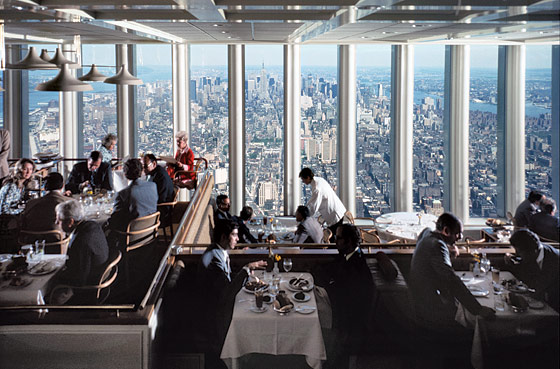
The Windows of the World restaurant in the WTC, NY which was destroyed in the terrible 9/11 attack in 2001
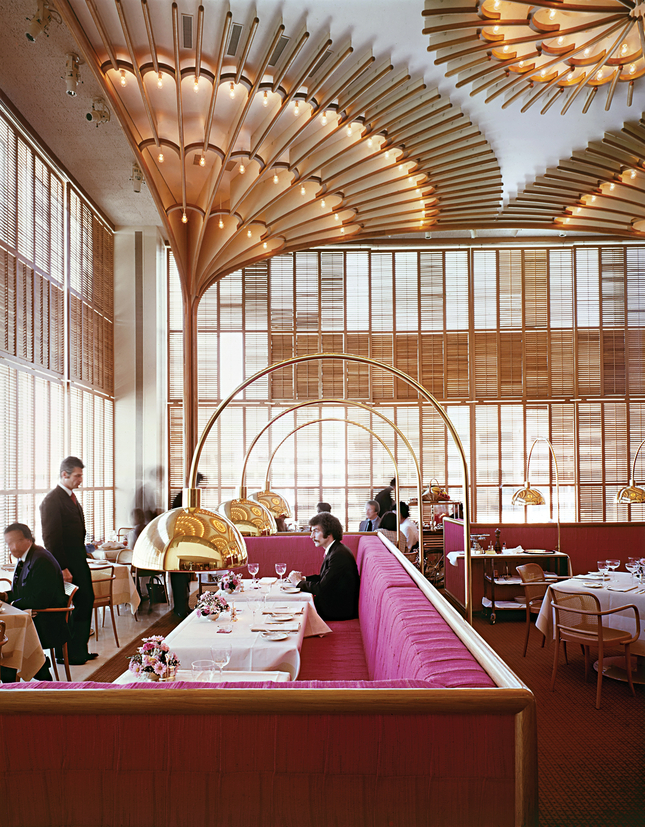
The American Restaurant in Kansas City, USA, designed by Platner for the Hall family, owners of the well known Hallmark postcards
Until falling ill, Plattner was still active in his firm, Warren Platner Associates, working on projects, including a new shopping centre in Greece. He died, aged 86, in 2006.
If you enjoy reading my blog, please consider giving my Facebook page a “like”
YOU MAY ALSO LIKE:
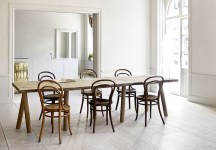 he history of the famous Thonet chairs, begins with Michael Thonet, pronounced "Toe-net" (instead of "Tho-nay"). He was the founder of a building- and furniture workshop in Boppard, Germany in 1819. His unique success story began with the transition of manual furniture production to industrial production. From the 1830's, Thonet…
he history of the famous Thonet chairs, begins with Michael Thonet, pronounced "Toe-net" (instead of "Tho-nay"). He was the founder of a building- and furniture workshop in Boppard, Germany in 1819. His unique success story began with the transition of manual furniture production to industrial production. From the 1830's, Thonet…


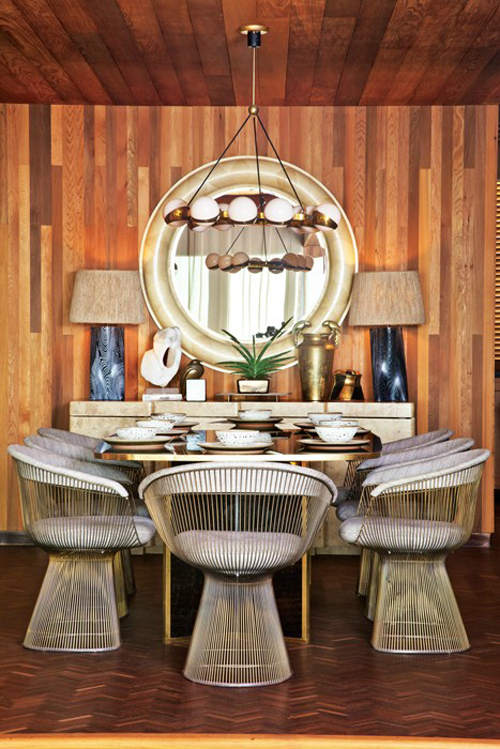
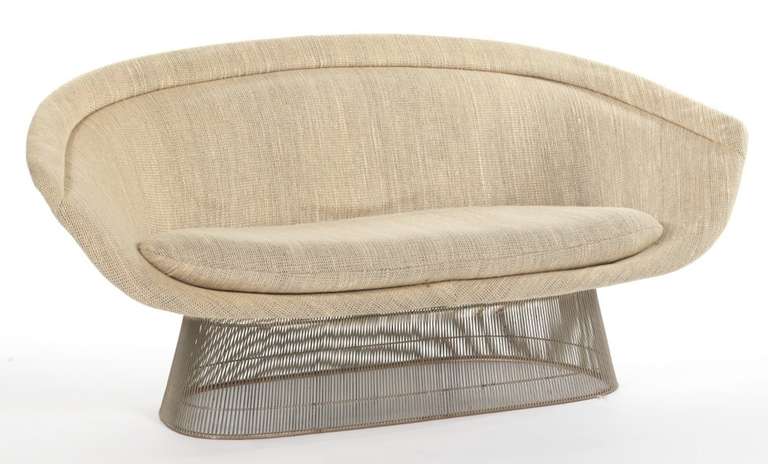
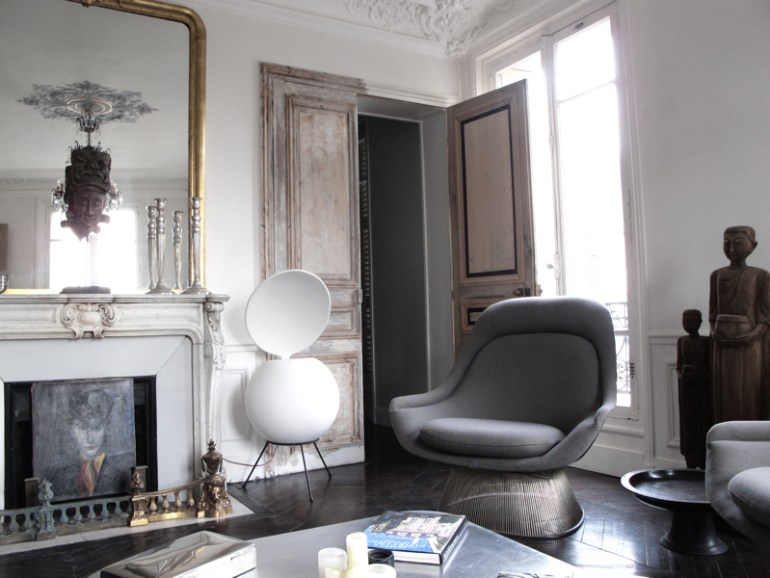
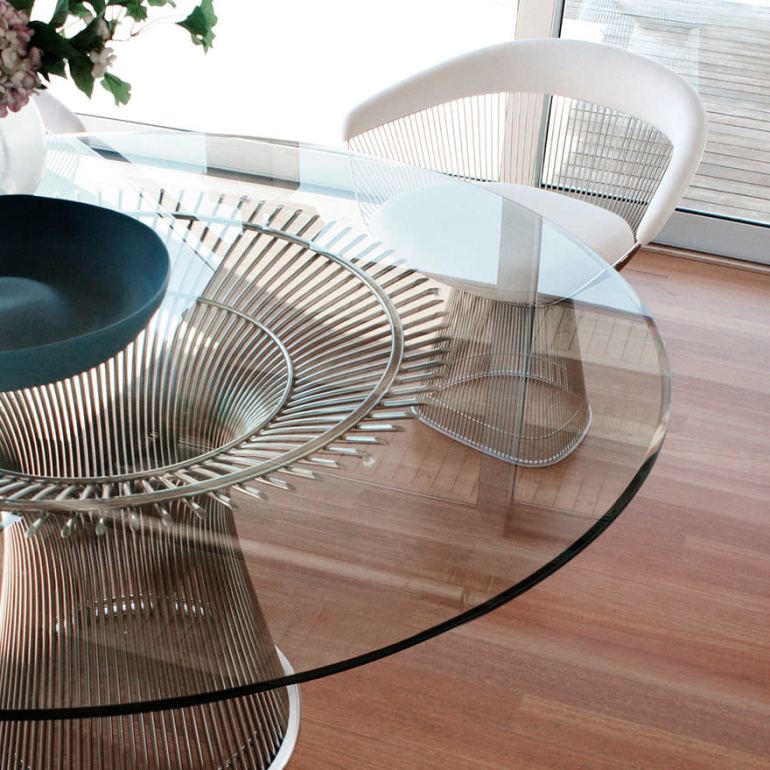


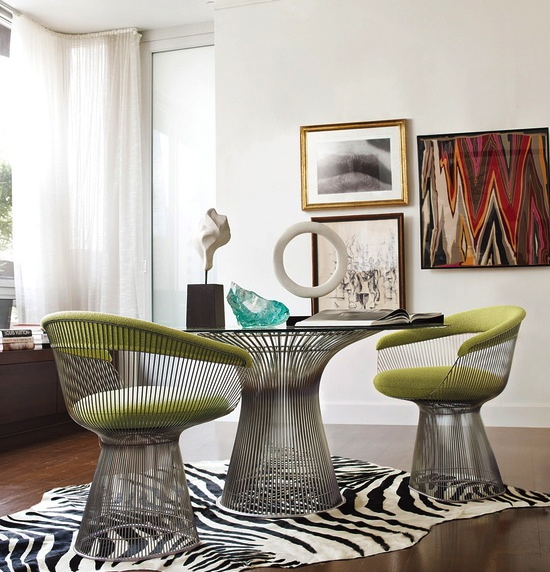
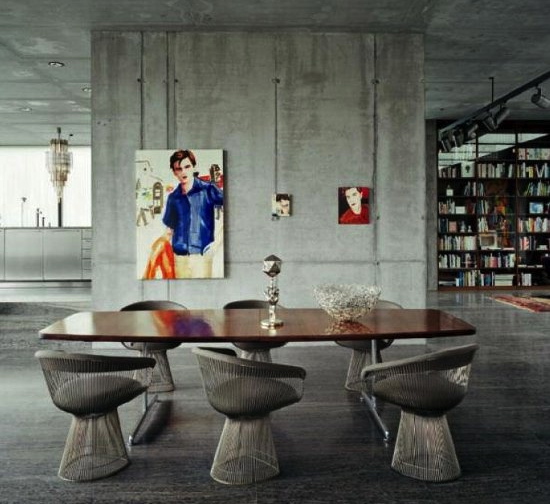

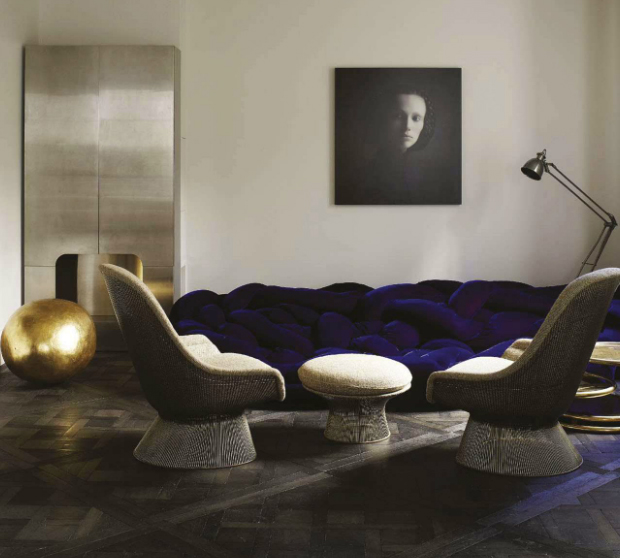
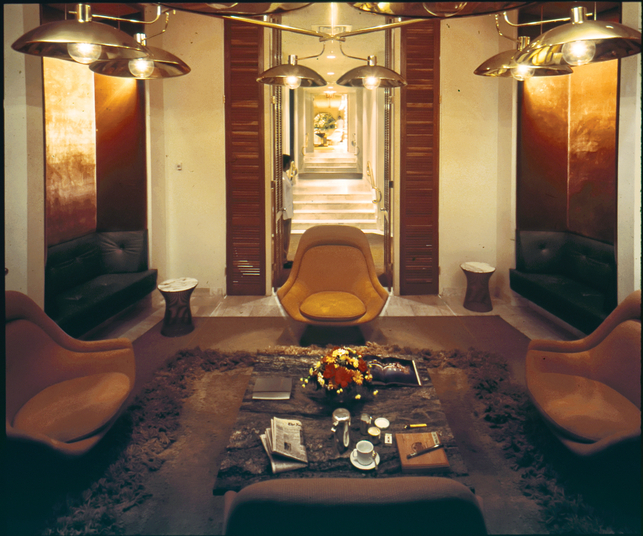
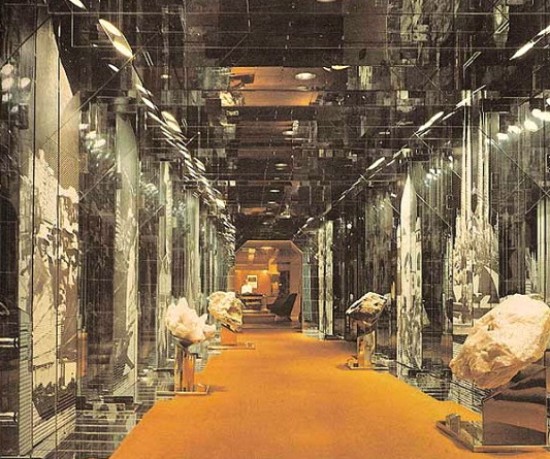
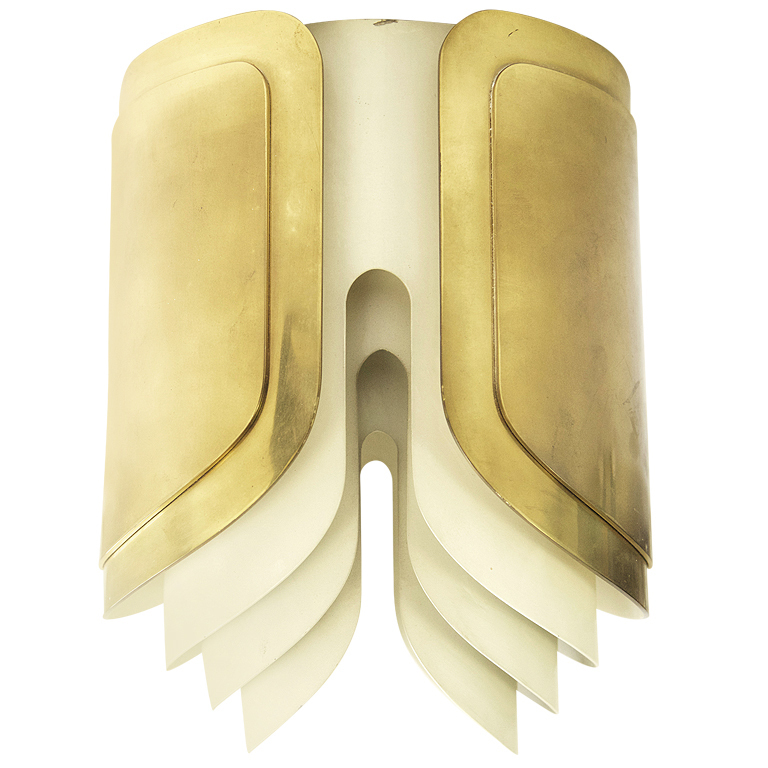
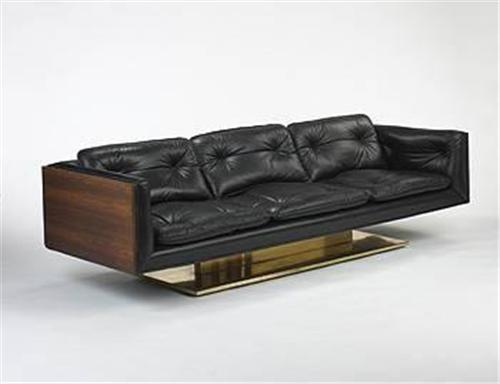
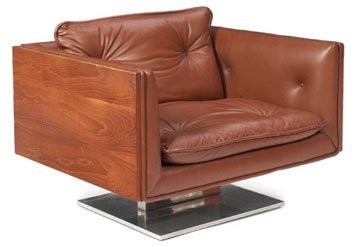
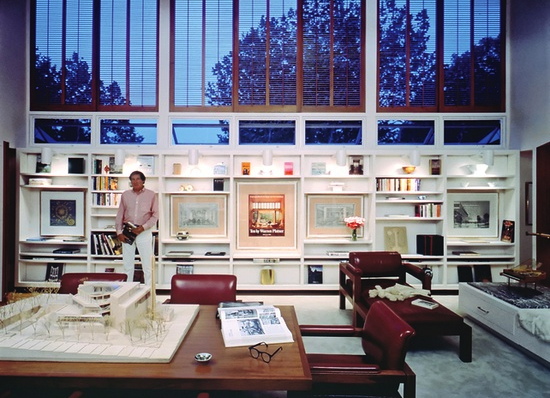

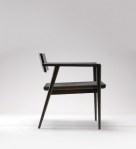

Congratulations on your blog and article on Warren Platner. Very informative.
regards,
Thanx Roque! Looking at your beautiful Peru portfolio, a Platner chair would fit right in 🙂
Pingback: Super sexy swing arm lamps | Design Lovers Blog
Pingback: THE UTRECHT CHAIR ⋆ vkvvisuals.com/blog